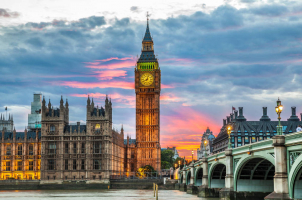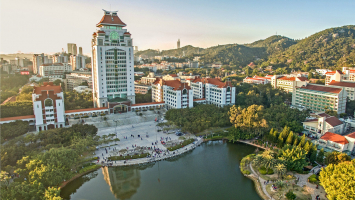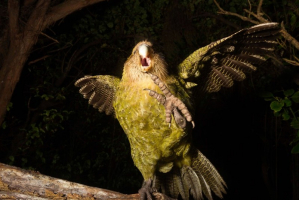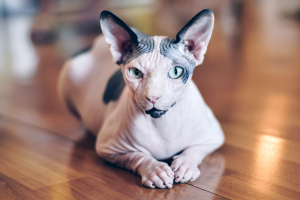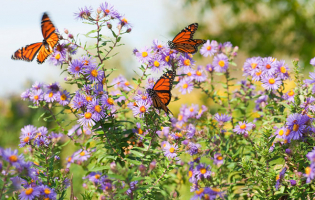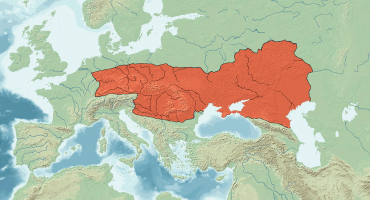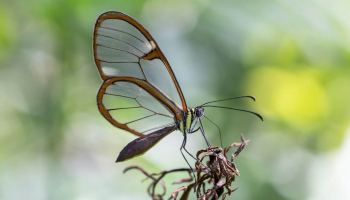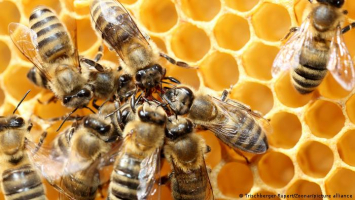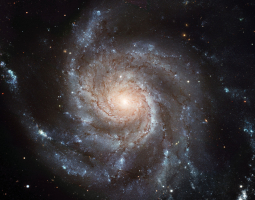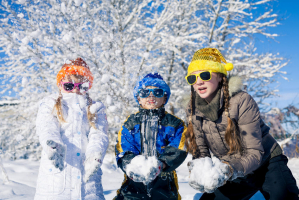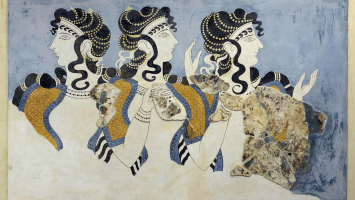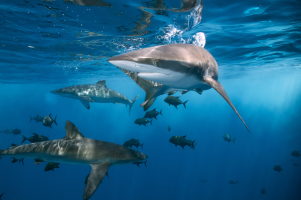Top 6 Insect Pollinators That Aren't Bees or Butterflies
It is estimated that 70 to 80% of the world's flowering plants depend on insects for survival. As you all know, bees and butterflies are also insects that ... read more...pollinate plants. The transfer of pollen from male to female flowers allows fertilization and growth of the plant. So, are bees and butterflies the only two species that take on this whole important task? The answer is definitely no, in addition to them, there are many other pollinating insects, let's take a look at these tiny creatures. Maybe your interest in the article below will help protect them better.
-
Like many insects, ants enjoy the nectar of plants, which draws in pollinators to spread pollen and develop seeds that can grow into new plants. Pollination by ants is relatively rare, but it does happen. Most pollinators are able to fly, which facilitates the spread of pollen over a larger region and increases the variety of the plants they visit. Any exchange of pollen carried out by the ants will have some restrictions because they travel by crawling from the flower's base to the blossom.
Scientists gathered fresh pollen from the flowers of many varieties of plants and other plants to examine their function in pollination. The findings revealed that the germination rate following ant exposure was about 80%, comparable to native bees and butterflies. Their study shows the importance of pollination as well as the ecological role that the species plays. Ants can contribute to the area. This highlights the complexity of ant-flower interactions, for which people's understanding of this animal is still in its infancy.
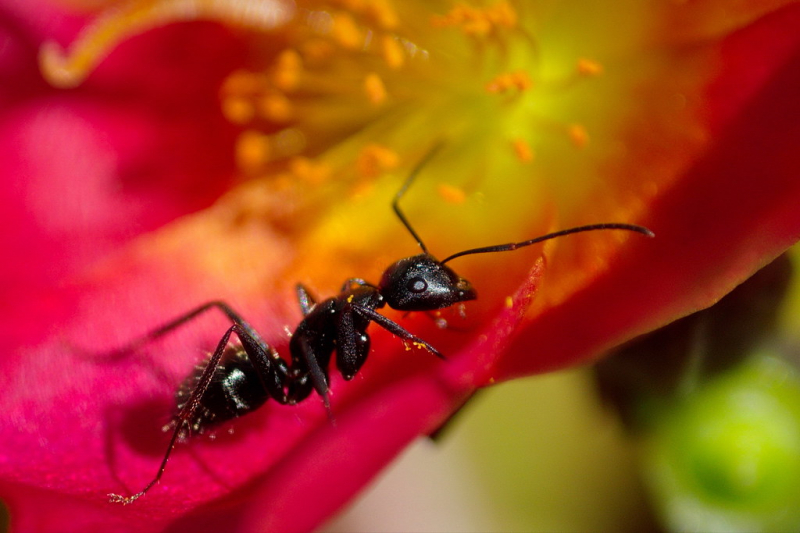
Ant 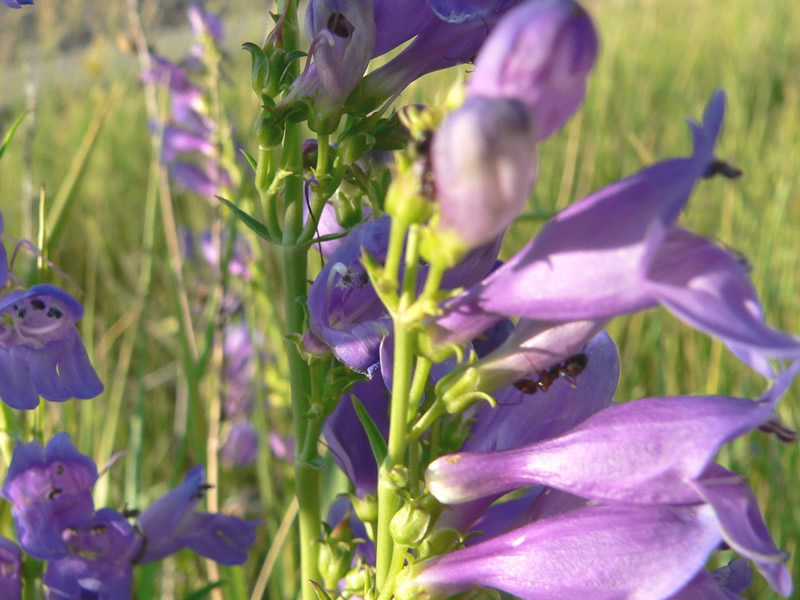
Ant -
Many flies enjoy eating flowers, and by doing so, they contribute significantly to the pollination of the plants they visit. In areas where bees are less active, such as in alpine regions, flies are very significant and efficient pollinators. Flies from the Syrphidae family are the best pollinators. There are about 6,000 species of insects that are associated with flowers, including fruit flies and bee flies.
Some fly species sometimes referred to as probosci's flies have enhanced mouthparts that enable them to suck nectar from long, narrow blooms. Fly flies deliver larvae that prey on other insects in about 40% of cases, protecting fertilized flowers from pests. Orchards are a major attraction for flies as well. They pollinate a variety of fruits, such as apples, pears, cherries, plums, apricots, peaches, strawberries, raspberries, and blueberries. Flies are not the only pollinators, other fruit flies include some fruit flies, tachinid flies, bee flies, and small flies,...
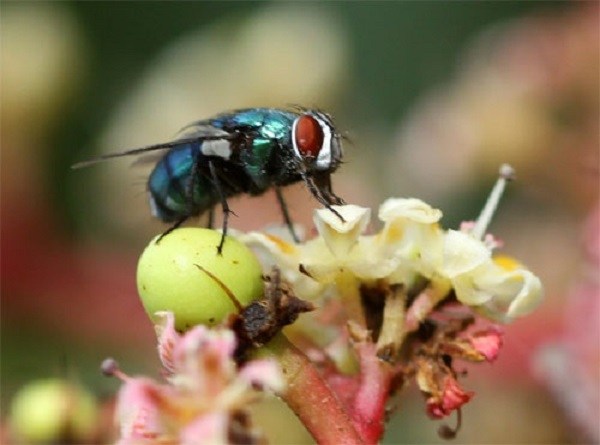
Flies 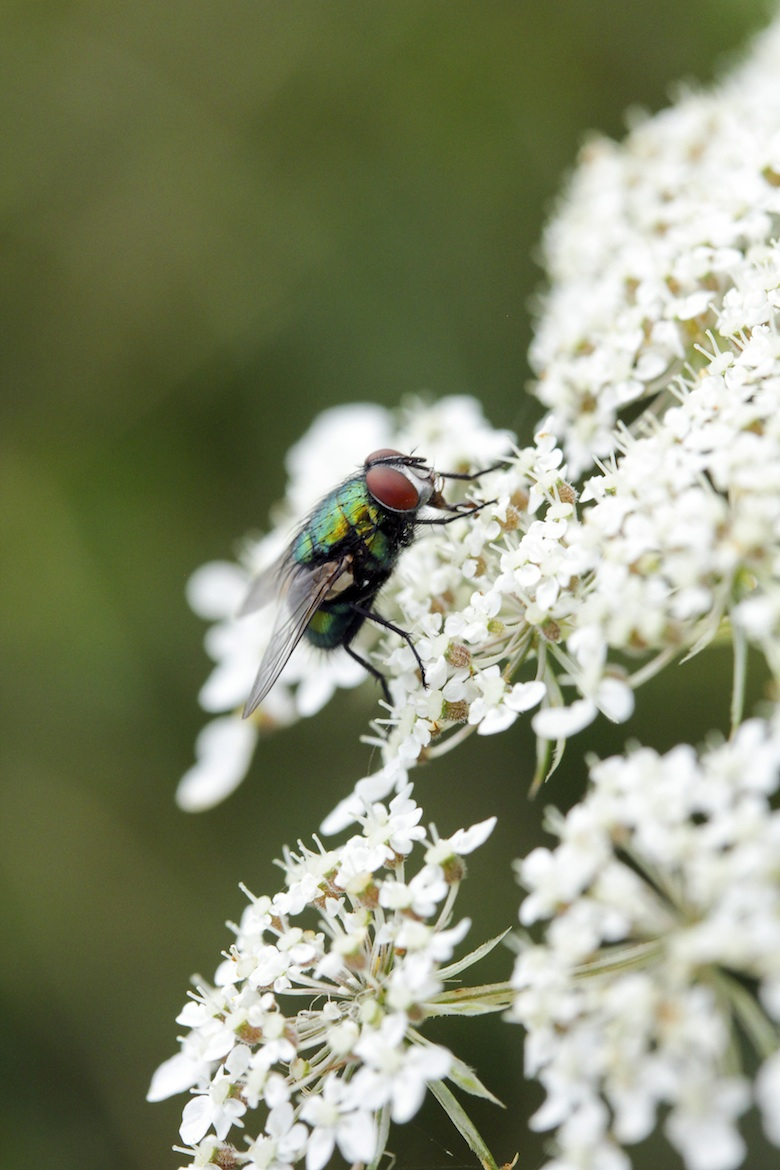
Flies -
Mosquitoes are known to be harmful insects that feed on blood and transmit dangerous diseases to humans and animals, but only female mosquitoes. This only happens when the female mosquito needs blood to feed its eggs. In fact, the mosquito's favorite food is nectar, not blood. Male mosquitoes drink sugar flower nectar to stimulate themselves for mate-seeking flights. Female mosquitoes also drink nectar before mating.
Whenever you drink nectar, that's when the mosquito collects and moves the pollen. Orchid is the favorite flower mosquito for pollination. Female mosquitoes feed on blood to get the protein they need to lay eggs and reproduce. That is why when biting people and other animals, female mosquitoes can be harmful. In general, however, mosquitoes eat nectar to provide energy for them, to help pollinate flowers, often aquatic plants that they spend a lot of time around, for example, to propagate, thereby helping to maintain these trees.
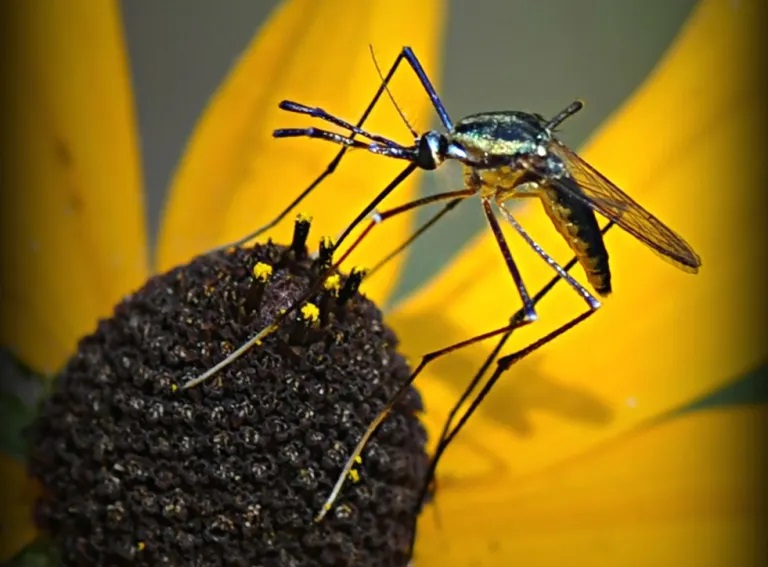
Mosquitoes 
Mosquitoes -
One of the earliest prehistoric pollinators was the beetle. About 150 million years ago, 50 million years before bees, began to visit flowering plants. Even now, beetles still fertilize flowers. Beetles pollinated ancient flowers and legumes first, according to fossil evidence. Cantharophily is the technical term for beetle pollination.
Beetles are largely responsible for pollinating a small number of plants, however, the flowers they are responsible for are frequently fragrant. They emit a strong, fermentable, or decaying odor that draws bugs. The majority of beetles that visit flowers do not drink nectar. The sections of plants that beetles pollinate are frequently chewed on, consumed, and covered in beetle droppings. Beetles are regarded as soil pollinators and clumps because of this. Bugs thought to be pollinators include members of several families: soldier beetles, jade beetles, beetles, longhorn beetles, perch beetles, and more.
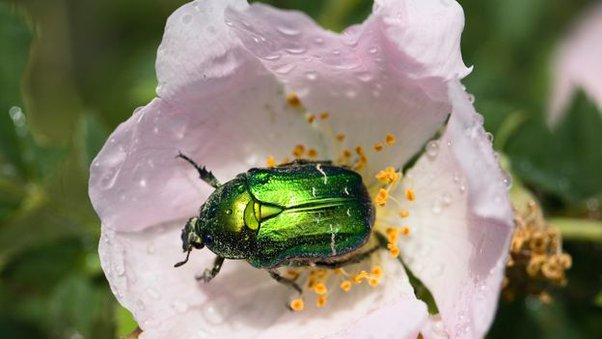
Beetles 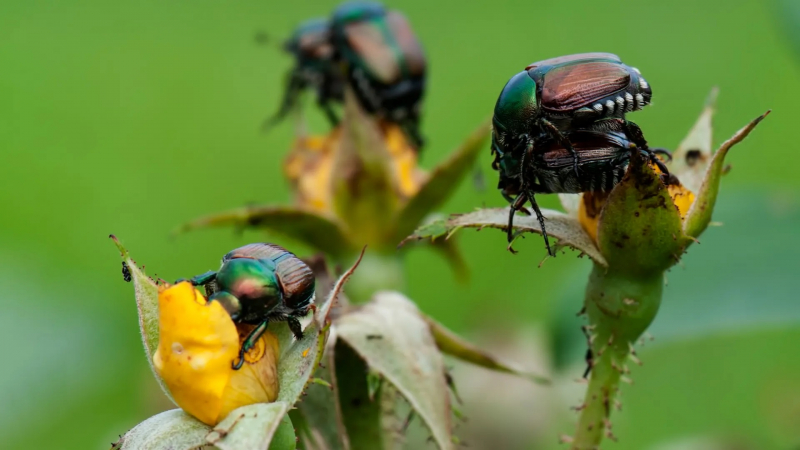
Beetles -
The prize for most pollinators went to the black and white collared lemur. According to research, the dexterous fingers of this primate can even pry the flowers of the hard tree. To get at the nectar, the lemurs poke their long snouts into the blossoms. The pollen layer adheres to their feathers as they move. The pollen was subsequently transported by the lemurs to other plants to be pollinated.
According to a study published in the American Journal of Botany, lemurs specifically helped the palmaceae category of plants evolve. By assisting in the spread of pollen and seeds, black-and-white lemurs have a significant impact on the Madagascar forest ecology. For instance, the developing palm variety's blooms feature robust, thick shells that can only be peeled by lemurs. Plants that produce enough flower nectar, lemurs, in contrast, are more dependent on nectar when the fruit is scarce.
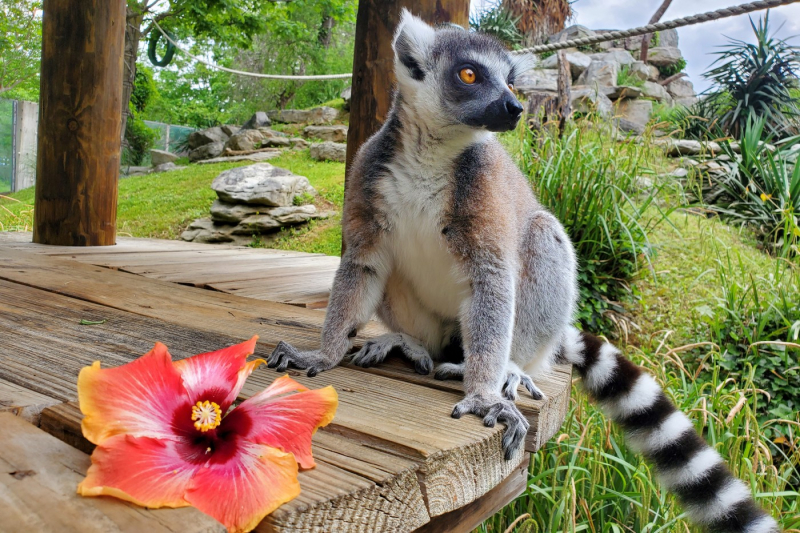
Lemur 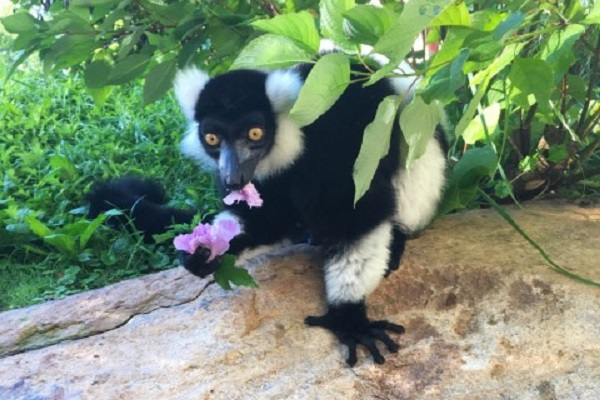
Lemur -
Because research into pollination began in Europe, where bird pollinators are rare, their importance is often underestimated. In fact, in the southern temperate and tropical regions, birds are at least as important as pollinators like insects, perhaps more so. About a third of the 300 families of flowering plants have at least some members with ornithophilous ("bird-loving") flowers — flowers that are attractive to birds. In contrast, about 2,000 species of birds belonging to 50 or more families, regularly visit flowers to feed on nectar, pollen, and insects or spiders that live in the flowers.
Bird pollination is a pollination process that takes place through the process of catching worms and sucking nectar from birds. Pollen particles will stick to the beak and feathers of the bird and will reach the ovule of the female flower through the bird's contact with the flower. This is a phenomenon of pollination that is not very effective but still has a higher success rate than wind pollination. Flowers that are pollinated by birds tend to be large, pale in color, and have a strong scent.
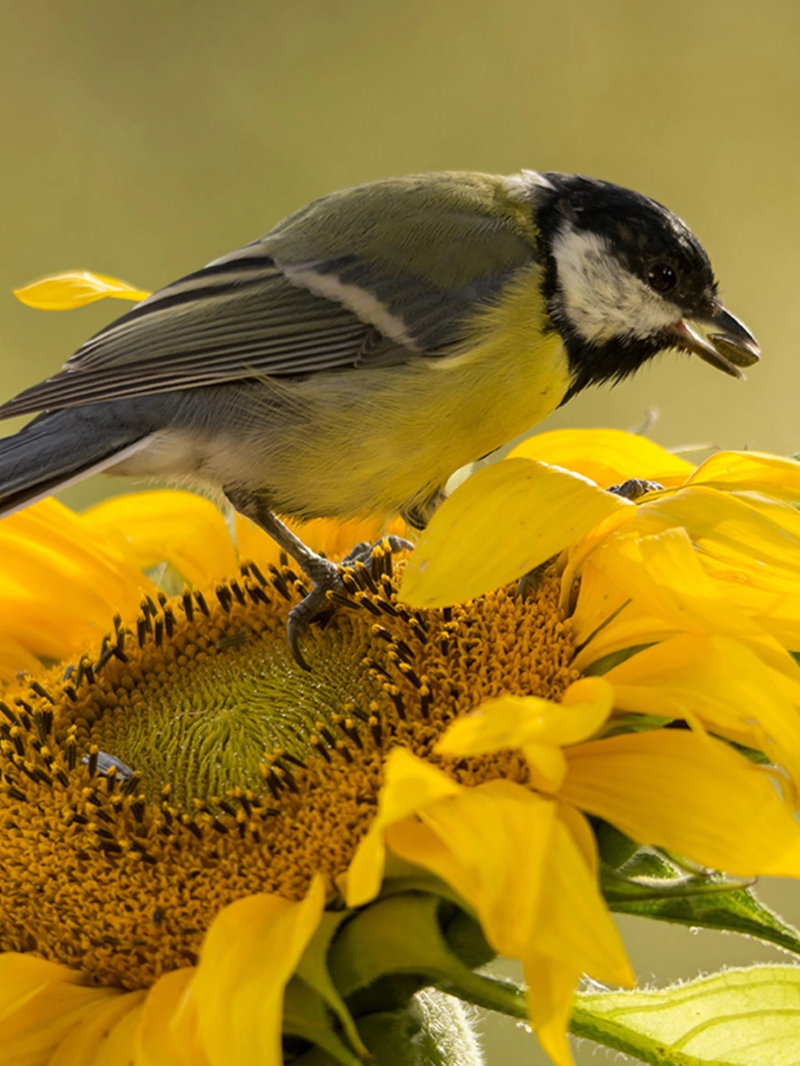
Bird 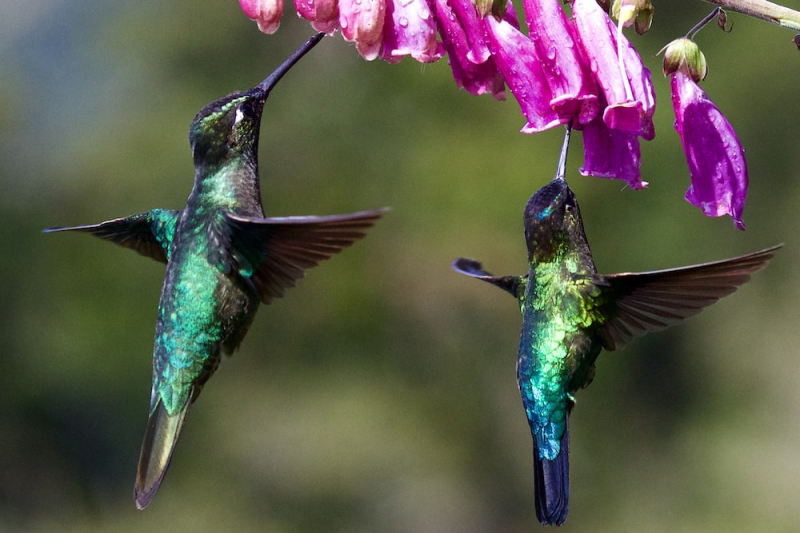
Bird








